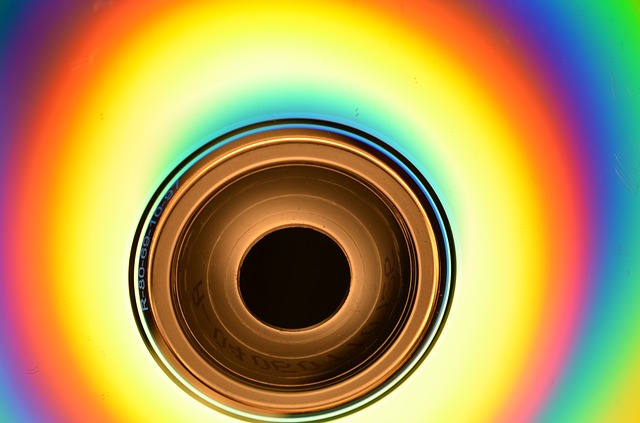We’ve been doing a lot of Data Recovery lately so I asked Chris to tell us what is involved in Data Recovery and how it is different from Data Transfer.
Although Data Transfer and Data Recovery are similar phrases, they are different in important ways.
Data transfer is the act of copying data directly from one device to another. Data transfer tends to be much faster than Data Recovery, because it uses the native copy function provided by the Operating System. But, if there are physical problems on the device, or if the filesystem on the device is corrupt, data transfer will not work because it is not tolerant of errors.
Data recovery is performed by specialized software that is tolerant of physical disk errors and errors in the filesystem. It takes much more time to perform Data Recovery because the process has several steps.
Although Data Recovery is much slower to produce a Gigabyte of data, it is tolerant of errors so it is capable of getting to files and putting them back together.
There are five main steps in Data Recovery:
- Is the device accessible?
- if the disk controller is unresponsive, we would need to replace that and retest;
- if the disk does not physically turn, we will not attempt to fix;
- if the disk “clicks” when it is turned on, this indicates internal damage within the hard drive which we will not attempt to fix;
- if the data is overwritten, we will not know this until after the data is recovered and you have inspected your data
- Media Analysis (to find where the good data blocks and the bad data blocks are)
- File Analysis (to discover what disk blocks comprise which files and folders, and in what order)
- Data Selection (to choose which files and folders should be recovered because they are interesting and necessary, and which files and folders should not)
- Data Production (the act of creating new files from the recovered data onto an external hard drive).
Our method of recovering data is “Read Only”, meaning that we will not open the hard drive to get to your data; We will connect your hard drive to an adapter, and attempt to access the data through the disk. We will not open your hard drive because we don’t have a “Clean Room”, and we don’t have the spare parts or the specialized equipment necessary to transfer your platters to another drive in a way that would work and not damage your data. If we were to physically open your hard drive, we would introduce significant contamination to your disk, and this would not improve the chances of getting back your data.
If we find that we cannot access your data, we will stop work, because proceeding will not improve the chances of our getting your data.
If we cannot get your data, and you have a business case for getting your data, we recommend that you send your hard drive to one of the major data recovery companies and not to a local company which says they can do it. Because that company will get “one bite of the apple”; they will need to be able to open the disk in a clean room, and have the resources to get your data, because there is a serious risk that your drive will be polluted by their attempt.
There are a handful of Data Recovery companies in the country which specialize in recovering data from physically bad hard drives. They have a clean room, spare parts, and invasive methods of getting your data. They charge a lot more than we do, but we are usually successful, and we can determine in a reasonable amount of time whether Data Recovery is something we are likely to be successful in doing or not.
Our most exciting Data Recovery story happened several years ago. There was a fire near Gold Hill, Colorado. Our customer’s home survived the fire, but the next spring, with all the snow melt and spring rains, a mud slide buried their basement. Their computer was covered in several feet of mud. Chris carefully cleaned the machine and then started the data recovery process. Success!
We can recover data from Windows or Mac hard drives. The device can be formatted using the Windows filesystem or for the Mac filesystem. It doesn’t matter to us if the computer that the device came from is bootable or not, because the device will be removed from the “source” computer and then connected to an adapter, which will allow the data to be accessed directly.
Let us know if you have any questions about this process in the comments below.
Chris Eddy of Geek For Hire, Inc. has been providing computer service to families and small businesses with Mac’s and PC’s for the past fourteen years. His company is highly rated by both the BBB (Better Business Bureau) and by Angie’s List. You can find more at www.GeekForHireInc.com. Geek For Hire, Inc. provides onsite service to the Denver / Boulder / Front Range area. They can provide remote service throughout North America.

